German explorer, Julius von Haast, named Franz Josef glacier in 1865 after the Austrian Emperor Franz Joseph I.
Emperor Franz Joseph was born in 1830 and was Emperor of Austria, Apostolic King of Hungary and King of Bohemia from December 1848 until he died in November 1916 at the age of 86.
Born in the Schönbrunn Palace in Vienna, the young Archduke was known as “Franzi” and was raised by his mother as a future Emperor with emphasis on devotion, responsibility and diligence. At the age of 13, “Franzi” started a career as a colonel in the Austrian army, and it was here that his army style fashion was created! It is said that for the rest of his life he predominately wore the uniform of a junior officer.
During the Revolutions of 1848 Chancellor Prince Metternich resigned, at which time Franz Joseph was appointed Governor of Bohemia, however instead of taking up the post, Franz Joseph was sent to the front in Italy, at which time he received his ‘baptism by fire’ at Santa Lucia on the 5th May. This was his first military experience and it is claimed he handled it with dignity and calm. At this time, the Imperial Family was fleeing revolutionary Vienna for the calmer setting of Innsbruck in the Tyrol. It wasn’t long before the Archduke was called back from Italy to join his family at Innsbruck. During this time at Innsbruck that Franz Joseph first met his future bride… his cousin Elisabeth (Duchess in Bavaria). The meeting made little impact at the time, but this was probably due to the fact that Elisabeth was only 10 years of age at this time!
The court felt it was safe to return to Vienna after victory over the Italians at Custoza, however this was not to last, and within a few months of returning to Vienna, the area once again appeared unsafe, at which time the court left again, this time for Olmütz in Moravia. It was at this stage that Prince Windischgrätz, a military commander in Bohemia, became determined to see Archduke Franz Josef put onto the throne to replace the current Emperor (his uncle Ferdinand), whom was considered mentally unfit.
So it came to pass on the 2nd December that by the abdication of Emperor Ferdinand, and the renunciation of Franz Joseph father, Franz Karl, that Franz Joseph succeeded as Emperor of Austria. He then became known by his second as well as his first given name. The name “Franz Joseph” was chosen deliberately to bring back memories of the new Emperor’s great-grand-uncle, Emperor Joseph II, remembered as a modernising reformer.
Franz Joseph survived an assassination attempt by a Hungarian nationalist on the 18th February 1853.
In public life the Emperor was the unquestioned director of affairs, however his mother was still a formidable and crucial influence ‘behind the scene’. And like most mothers, was eager for her Emperor son to marry and produce heirs. In 1854 Franz Joseph married Elisabeth (“Sisi”). Unfortunately affairs of the heart did not run smoothly, as Sisi found it difficult to adapt herself to the court and seemed to be in many disagreements with the Royal Family. Matters were not helped by the death as an infant of their first daughter, while their only son died, allegedly by suicide, in 1889. Sisi was stabbed to death by an Italian anarchist in 1898 and it is said that Franz Joseph never fully recovered from the loss.
Emperor Franz Joseph died in 1916, aged 86, in the middle of the war. After the defeat in World War I, the Austro-Hungarian Monarchy dissolved. He is said to have died singing “God Save the Emperor”
The M?ori name for Franz Josef glacier is Ka Roimata o Hinehukatere, which means ‘The tears of Hinehukatere’. Local Maori legend tells the story of Hinehukatere whom loved climbing in the mountains and persuaded her lover, Tawe, to climb with her. Sadly Tawe was a less experienced climber than Hinehukatere but loved to accompany her, however an avalanche swept Tawe from the peaks to his death. Hinehukatere was broken hearted and her many, many tears flowed down the mountain and froze to form the glacier.

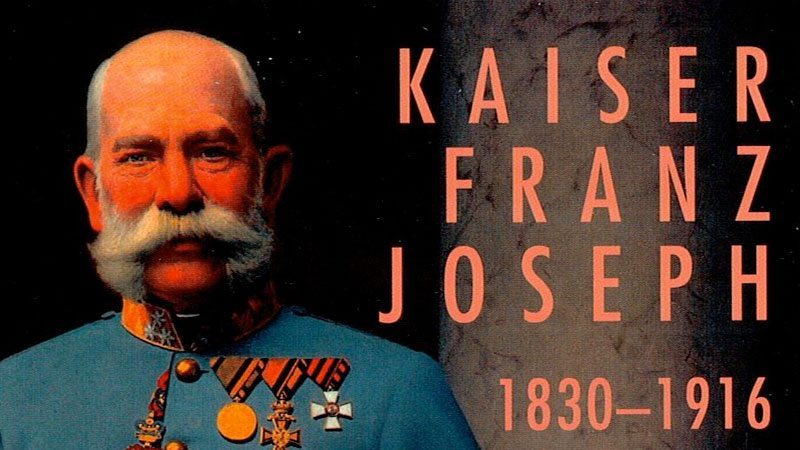
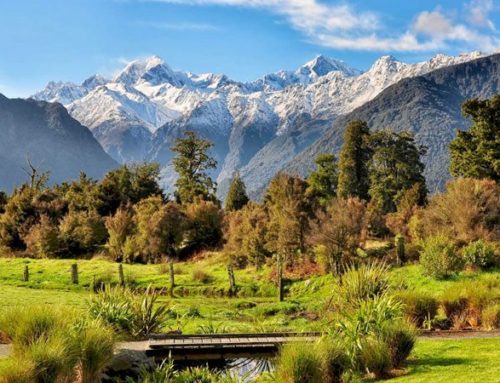
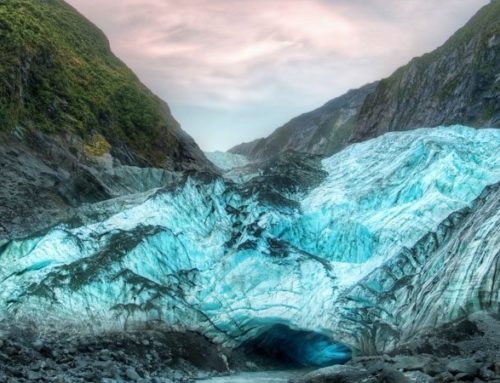
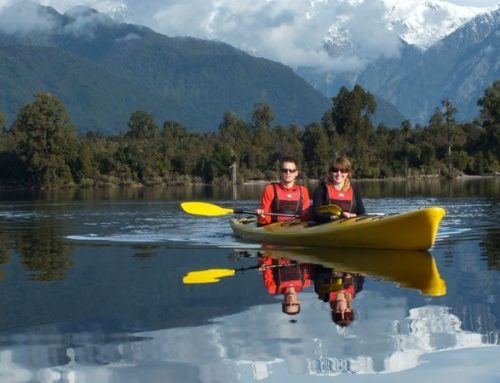
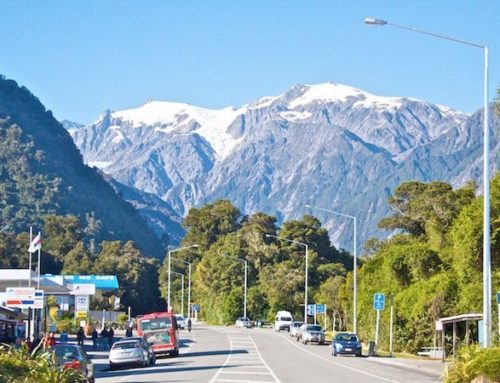
Leave A Comment